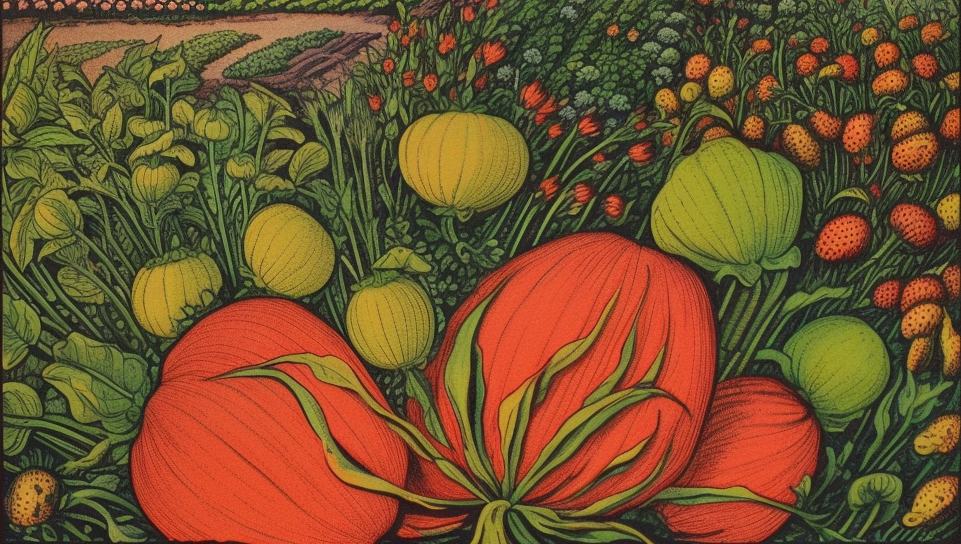Black Krim Tomato
Organic. Open-Pollinated. Non-GMO.
40 seeds per packet approx.
80 days to maturity.
Award-winning indeterminate heirloom tomato.
Hardy Russian 'Black Krim' tomatoes are an excellent addition to your vegetable garden. A favourite of gourmet chefs, this unique heirloom tomato consistently wins top place and receives rave reviews at taste trials. The fruits are extremely juicy with incredibly complex sweet, rich, smoky flavours and a hint of saltiness. Drizzle with olive oil and sprinkle of sea salt for a zesty snack. Also great sliced with fresh mozzarella, basil, and drizzled with olive oil and balsamic vinegar.
Get the latest news and discounts delivered right to your inbox.

Thank you! Your submission has been received!

